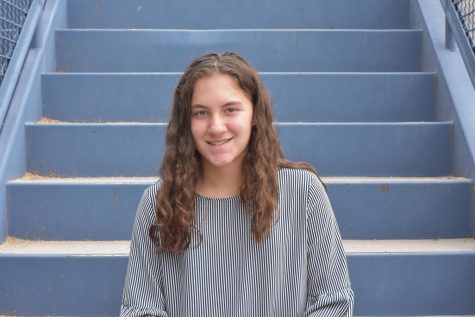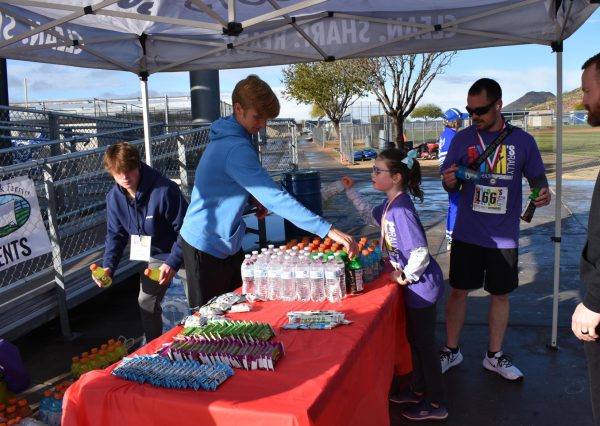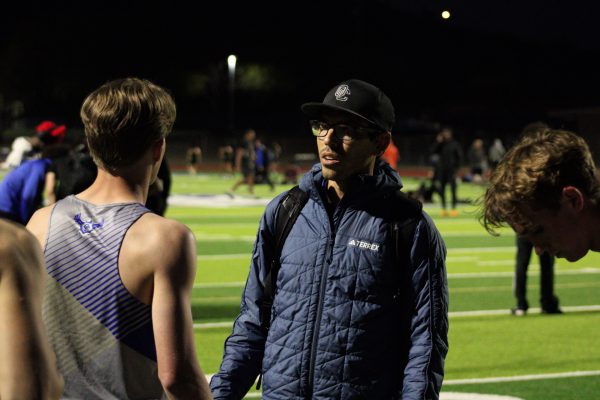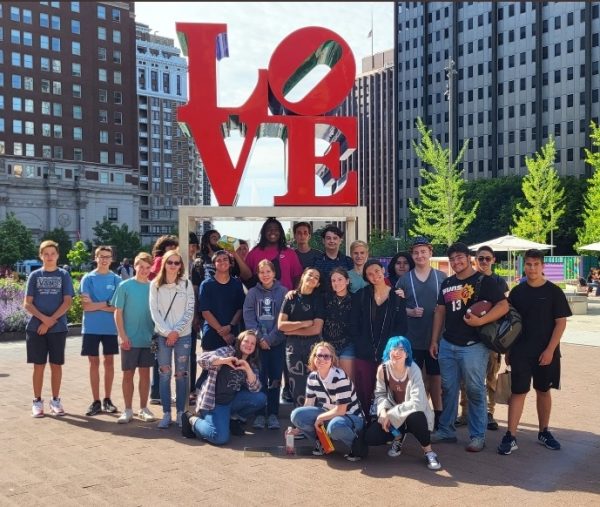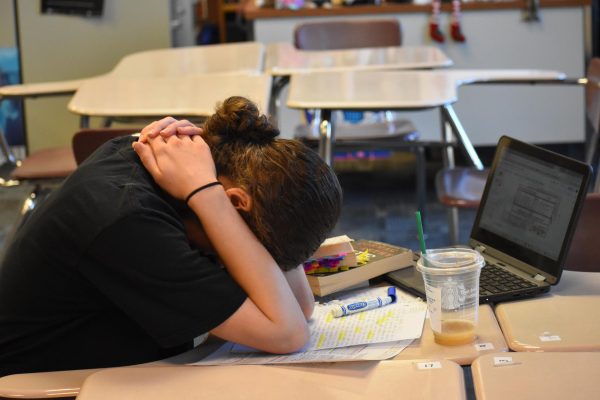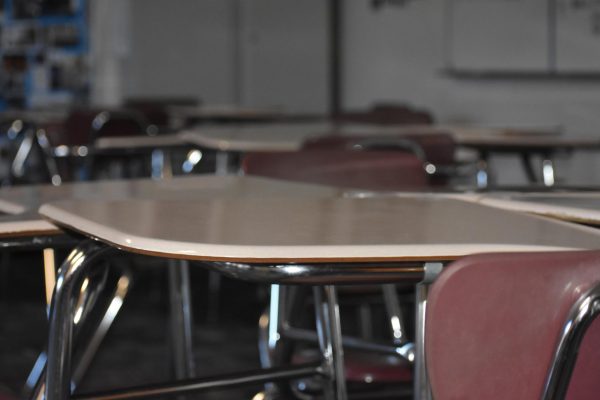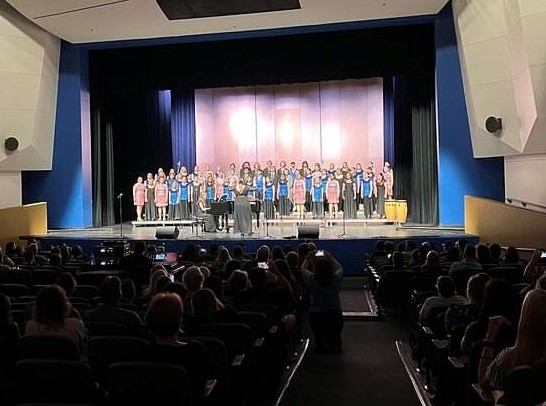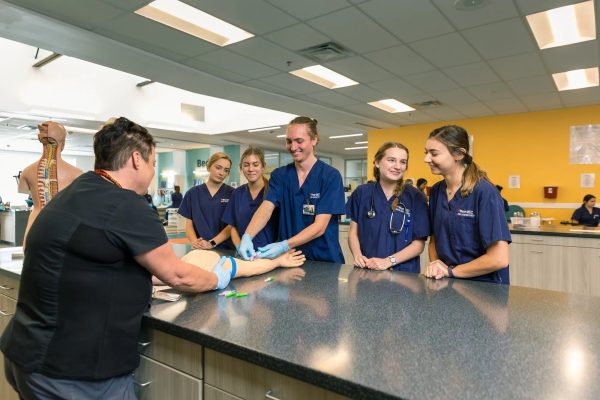SWAT continues to make waves in the community
The SWAT team stands together for a group photo.
February 8, 2021
At every corner, especially in these times, there are problems that need to be solved and things that need to be fixed. The Student Wellness Advocacy Team (SWAT) at OHS sees these problems and resolves them. Each semester, these students focus on one project that will better the community.
Despite nearly everything changing around them, the initiatives for SWAT have remained steadfast.
“The goal of SWAT has not changed, it is still to better the school, better the community, but the ways we can do that have differed a lot,” said Neil Kharuna, President of SWAT. “The SWAT projects are still having a great impact on our community. The way we go about benefiting our school and community are different, but through teamwork and collaboration, we are still able to better our school and community.”
SWAT is technically a club, but its members do not meet together regularly. Those in Dr. Shane Hesse’s health class are involved with SWAT as part of their semester-long project. And because it is such a wonderful program, many students decided to continue in the program even after they have graduated from Dr. Hesse’s class.
“The leadership team was new last year. It was started to help students with their projects. My freshman year, I noticed that there were not any recycling bins on campus. It was called Gogreen OC. We faced so many obstacles, and did not have enough time to get them on campus,” said Dominique Luna, Vice President of SWAT. “But, the next year the students finished it and got them on campus. So, it was very cool to see my project grow and be successful. Since that was successful, I wanted to help other people with their projects and make them successful.”
As a mainly student-led program, SWAT focuses on involving students with improving the OHS campus and community. The students work together with administration to promote a healthy social climate and physical wellness all across Arizona.
“I am responsible for those kinds of things, but I also come up with ideas for activities SWAT can do to help our community. I also collaborate with other students from their schools who want to introduce SWAT into their school,” Kharuna said. “We just had a call with Central High School because they want to implement SWAT onto their campus. Last year I helped Cactus Shadows get SWAT into their school, as well as Apache Junction High School. Other schools are picking up onto it, it has a really great impact.”
Each year students’ projects make waves in the community. A group of students this semester are working on making OHS a more active campus by implementing a four-square center. Others are writing letters to those in need, organizing fundraisers, and posting encouraging messages on social media. Whatever the project, it is bound to have a positive impact in the community.
“I think it is amazing the way that we get the student involved, it is so important to get the youth involved in the community. A lot of people underestimate that and underestimate what we can do, but there are so many mostly student-led projects from these students,” Luna said. “I think it is so amazing to see these young students come together to complete these projects that will overall help the community as a whole.”
In just a few years of being a program at OHS, SWAT and the students involved have made big changes and improvements to the OHS campus. Bloom365 features students who are trying to spread awareness about teen dating abuse. SWAT students also created the meditation room. Students designed different games and platforms to promote physical activity. It is a powerful and important club that has the potential to do so much good.
“The more students involved, the better. The more students involved means more projects, which means more impact on our community. More people working together would mean more creative projects put together. The more people involved, the more benefits for the school and community,” Kharuna said.
SWAT students have encountered challenges when it comes to carrying out their projects. The limited resources and numerous restrictions make it difficult to come up with and complete something impactful. Still, OHS students have found ways to excel despite these difficult circumstances.
“I think our community has expanded with the challenges of what is happening. We are able to reach more people through different outlets like social media. We are using technology to enhance our message, because our message is to change culture, to be more healthy. And our students have risen to that opportunity, to reach more of our O’Connor community using technology platforms,” Hesse said.
This year, Hesse and a couple of his students have had several articles published in azednews.com. Each article tackles a different subject, but a few feature information about various SWAT projects. The story, “How social emotional learning helps build online and in-person connections for students, teachers” gained a lot of traction.
“We worked on using the technology that we have to enhance our presentations and our reach to people, and it really did. I think this was a testimony, I think this was one of the largest articles in AZed history, and this speaks volumes to that,” Hesse said. “People spent an average of seven minutes reading this article about social/emotional connections, and the average reader spent three minutes reading. We are really delving deep into how we are dealing with this, and how we can make positive healthy connections.”
A key aspect of SWAT is that it is a student-led program. Students come up with the ideas, are responsible for following through with their plans, have to reach out to other people, and get to make a tremendously positive impact in the community.
“These are our students leading the community. The current data states that children of today are supposed to live shorter lives than their parents. Culture drives success. If we want to have a successful community and a healthy high school, then we need more advocates for that healthy culture,” Hesse said. “We need to make more connections, and that is what SWAT provides. It is the vehicle which drives those student opportunities to make healthy connections in our culture and our community.”




